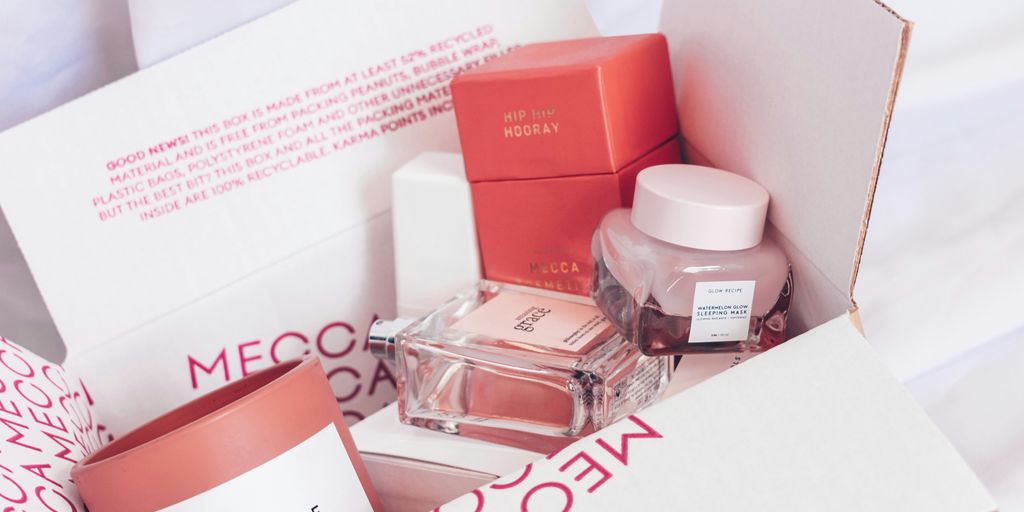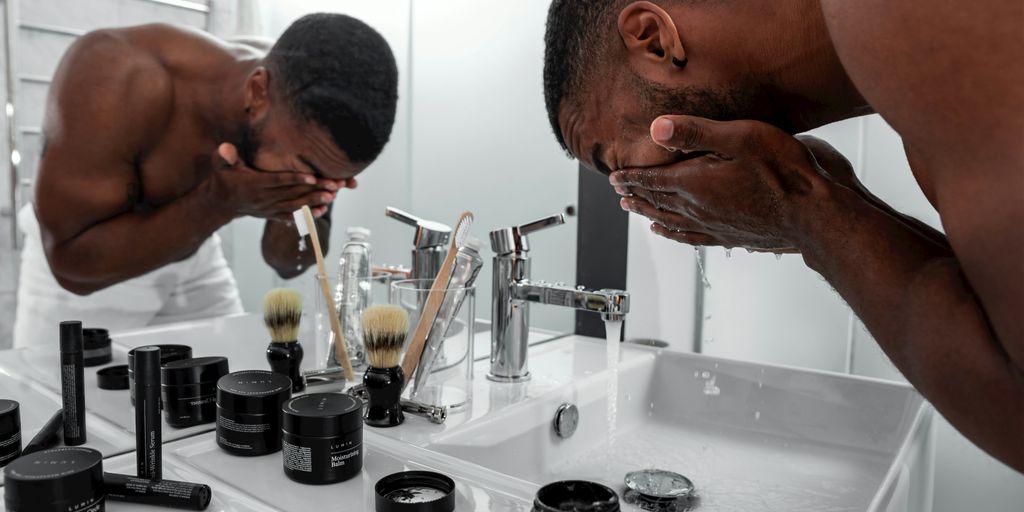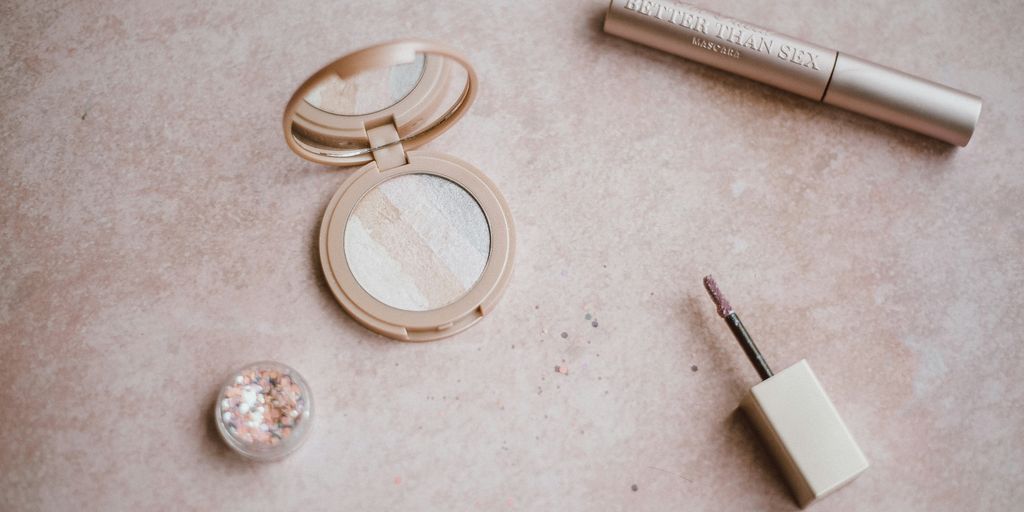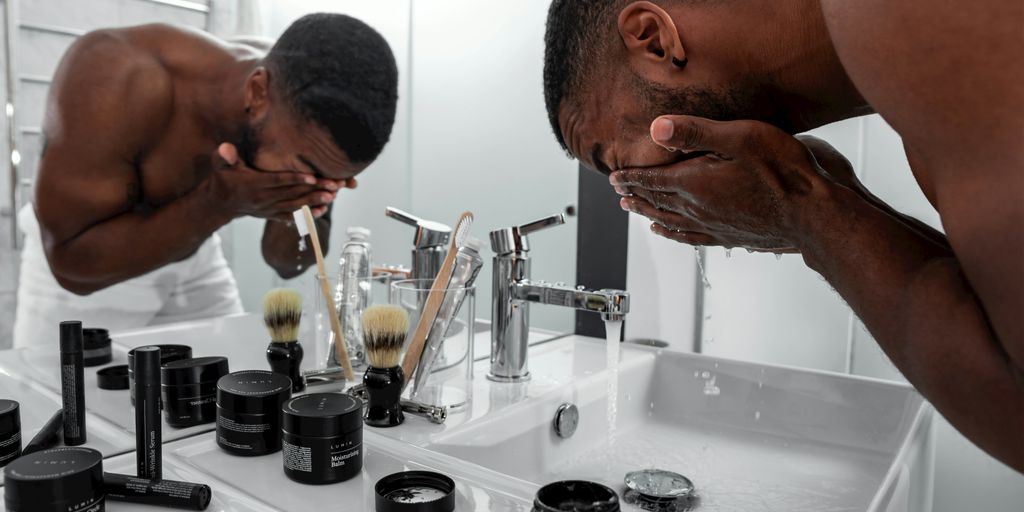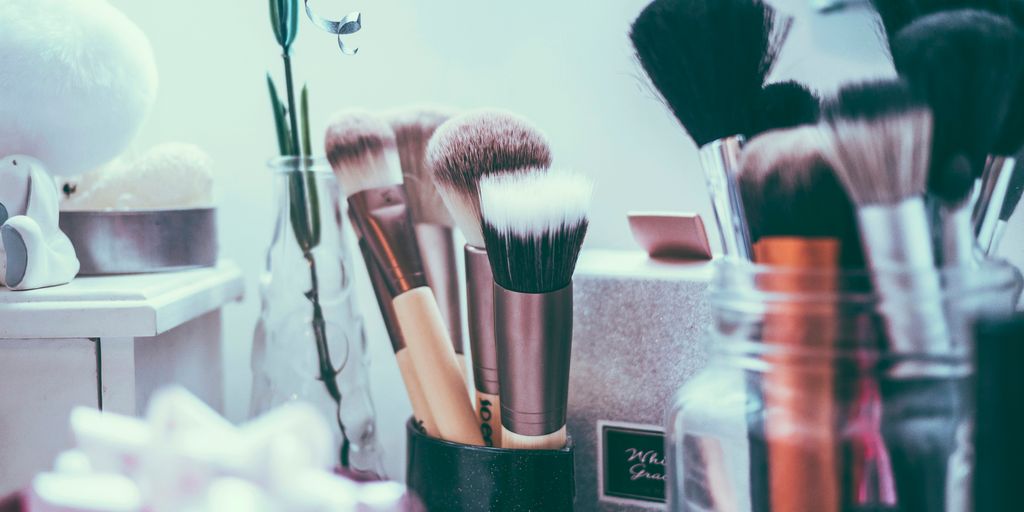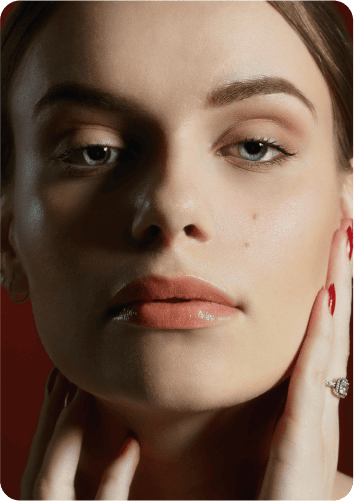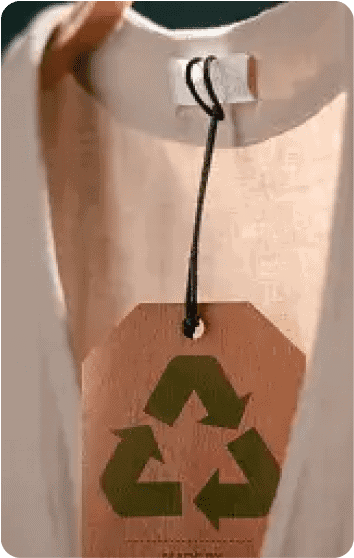As consumers become more aware of animal welfare, the question of whether brands are cruelty-free is more relevant than ever. One brand that often comes up in discussions is Laura Mercier. In this article, we’ll explore the facts surrounding Laura Mercier’s animal testing policies and what it means for those who want to make ethical beauty choices in 2025.
Key Takeaways
- Laura Mercier’s official stance on animal testing has been scrutinized, and it’s essential to check their current policy.
- Many brands, including Laura Mercier, still face criticism for their animal testing practices despite claims of being cruelty-free.
- The beauty industry is gradually shifting towards cruelty-free products as consumer demand grows for ethical options.
- Understanding third-party certifications can help consumers identify truly cruelty-free brands and avoid misleading claims.
- Innovative alternatives to animal testing are on the rise, making it easier for brands to create products without harming animals.
Understanding Cruelty-Free Standards
What Does Cruelty-Free Mean?
Okay, so what does "cruelty-free" actually mean? It’s a term you see everywhere, but it’s not always as straightforward as it seems. Basically, it means that a product wasn’t tested on animals at any stage of its development. This includes the ingredients themselves and the final product. However, the devil is in the details, because there’s no single, universally accepted definition. Some companies might claim to be cruelty-free because they don’t test on animals themselves, but their suppliers might, or they might sell in countries where animal testing is required by law. It’s a bit of a minefield, honestly.
The Importance of Cruelty-Free Certification
Why bother with certification? Well, it adds a layer of trust. Think of it like this: a company can say they’re cruelty-free, but how do you really know? Third-party certifications, like Leaping Bunny or PETA, involve independent audits and verification processes. These organizations have specific standards that companies must meet to earn their certification.
Here’s why it matters:
- It provides transparency.
- It holds brands accountable.
- It gives consumers confidence.
Choosing certified products is a way to support companies that are truly committed to ethical practices and to avoid unintentionally supporting animal testing.
Common Misconceptions About Cruelty-Free Claims
There are a lot of misunderstandings floating around about what cruelty-free really means. One big one is that cruelty-free automatically means vegan. It doesn’t. Cruelty-free refers to testing, while vegan refers to ingredients. A product can be cruelty-free but still contain animal-derived ingredients like beeswax or lanolin. Another misconception is that if a brand is cruelty-free, all its products are. This isn’t always the case, especially with larger companies that own multiple brands. It’s always best to check each product individually. Also, some brands claim to be cruelty-free but are owned by parent companies that DO test when required by law. Sneaky, right?
Laura Mercier’s Animal Testing Policy
Official Statements from Laura Mercier
It can be tricky figuring out where Laura Mercier stands on animal testing. Companies sometimes change their policies, or their wording can be vague. It’s important to look at official statements from the brand itself to get the most accurate picture. Often, you can find these statements on their website, in their FAQs, or in official press releases. However, even official statements can sometimes be unclear, especially if a company operates in different markets with varying regulations. It’s worth digging a little deeper and not just taking the first statement you see at face value.
Historical Context of Testing Practices
Looking back at a brand’s history can give you a better understanding of their current practices. In the past, many companies engaged in animal testing simply because it was standard practice. Regulations weren’t as strict, and there wasn’t as much consumer awareness. Understanding this historical context helps you see how far a brand has come – or hasn’t come – in its approach to animal testing. Some brands have completely changed their policies, while others have maintained the same practices for years. It’s also important to remember that even if a brand didn’t directly conduct animal tests, they may have used ingredients that were tested on animals by their suppliers.
Current Status of Animal Testing at Laura Mercier
So, where does Laura Mercier stand in 2025? It’s a complex issue. Here’s what we know:
- Many brands don’t have certifications to show they don’t test on animals.
- Some brands claim to be cruelty-free but haven’t achieved a certification.
- Parent companies can complicate the picture, as they may still test on animals even if the brand claims to be cruelty-free.
It’s important to remember that animal testing is seen as inhumane and unnecessary by many. While some argue that animal testing reduces suffering for humans, others contend that it’s unreliable and inaccurate. Ultimately, it’s up to each consumer to decide what they’re comfortable with and to support brands that align with their values.
To really know if Laura Mercier is cruelty-free, we need to consider all these factors. Are they certified by a third party like Leaping Bunny or PETA? Do they sell in markets where animal testing is required by law? What’s their parent company’s policy on animal testing? These are all important questions to ask when making an informed decision.
The Beauty Industry Landscape
Brands That Test on Animals
It’s a tough reality, but some brands still engage in animal testing. This can be due to legal requirements in certain countries or simply a continuation of older practices. It’s not always easy to find out who these brands are, as information can be obscured or misleading. Transparency is key, but often lacking. Many consumers are unaware of the specific brands that continue to test, which makes informed purchasing decisions difficult.
The Shift Towards Cruelty-Free Products
Thankfully, there’s a growing movement towards cruelty-free beauty. More and more brands are recognizing the ethical concerns around animal testing and are actively working to eliminate it from their processes. This shift is driven by consumer demand, scientific advancements in alternative testing methods, and increasing awareness of animal welfare. It’s a slow process, but the momentum is definitely building. The beauty industry’s sustainability efforts aren’t happening at scale, with widespread greenwashing and a lack of transparency. However, some innovative brands are leading the way, demonstrating that positive change is possible.
Consumer Demand for Ethical Beauty
Consumers are becoming more conscious of the impact their purchases have. People want to know where their products come from and how they’re made. This demand for ethical beauty is a powerful force driving change in the industry. Consumers are actively seeking out cruelty-free options, supporting brands that align with their values, and using their voices to advocate for better practices. It’s a trend that’s here to stay, and it’s pushing the beauty industry to evolve.
The demand for ethical beauty products is rising, and consumers are increasingly scrutinizing brands’ practices. This shift in consumer behavior is compelling companies to re-evaluate their testing policies and embrace cruelty-free alternatives.
Here are some things consumers are looking for:
- Clear labeling
- Third-party certifications
- Transparency about ingredients and sourcing
Third-Party Certifications and Their Significance

Understanding Certification Bodies
Navigating the world of cruelty-free beauty can feel overwhelming, but thankfully, there are organizations dedicated to setting clear standards and verifying brands’ claims. These third-party certification bodies act as independent watchdogs, ensuring that companies adhere to strict cruelty-free practices. They do the hard work of auditing supply chains and verifying that no animal testing occurs at any stage of production. It’s important to understand that not all certifications are created equal; some have more rigorous standards than others. Knowing the key players and what they stand for is the first step in making informed choices.
The Role of Leaping Bunny and PETA
When it comes to cruelty-free certification, two names often come up: Leaping Bunny and PETA. The Leaping Bunny Program is internationally recognized and requires companies to implement a Supplier Monitoring System, ensuring that all their ingredient suppliers also meet their cruelty-free standards. This makes it one of the most comprehensive certifications available. PETA’s Beauty Without Bunnies program is another well-known option. While PETA offers a quick and easy way for brands to declare their cruelty-free status, it relies on a signed statement of assurance from the company, rather than in-depth audits. Both certifications are valuable, but it’s good to know the difference.
Here’s a quick comparison:
- Leaping Bunny: Comprehensive audits, strict standards for suppliers.
- PETA: Relies on company statements, easier for brands to obtain.
- Vegan Society: Focuses on vegan products, ensuring no animal-derived ingredients.
Why Certification Matters for Consumers
Why bother looking for certified products? Well, without certification, it’s hard to know if a brand’s cruelty-free claims are genuine. Certification provides transparency and accountability, giving consumers peace of mind that their purchases align with their values. It’s a way to cut through the marketing jargon and support companies that are truly committed to ending animal testing. Plus, supporting certified brands sends a message to the entire industry that ethical practices are important and that consumers are paying attention.
Choosing certified cruelty-free products is more than just a purchase; it’s a vote for a kinder, more ethical beauty industry. It’s about holding brands accountable and driving positive change through consumer power. By seeking out these certifications, we can collectively create a world where beauty doesn’t come at the expense of animal welfare.
Alternatives to Animal Testing
Innovative Testing Methods
It’s easy to feel like animal testing is the only way to ensure product safety, but that’s just not true anymore. There are some really cool, innovative methods out there that are more reliable and ethical. For example, scientists are using human cell cultures to test how our skin reacts to different ingredients. These 3D models mimic human tissue, giving us much more accurate results than animal tests ever could. Plus, computer modeling is getting really advanced. We can now simulate how chemicals interact with the body, reducing the need for any animal involvement. These methods are not only kinder, but often provide better data.
The Rise of Vegan Beauty Products
Vegan beauty isn’t just a trend; it’s a movement towards more ethical and sustainable products. When a product is labeled "vegan," it means it doesn’t contain any animal-derived ingredients. This is a big deal because many traditional cosmetics use things like beeswax, lanolin (from sheep’s wool), or carmine (from crushed insects). Choosing vegan beauty products is a simple way to reduce your impact on animals. Plus, many vegan brands are also cruelty-free, meaning they don’t test on animals either. It’s a win-win!
Consumer Awareness and Advocacy
We, as consumers, have more power than we think. By making informed choices and supporting cruelty-free brands, we can drive real change in the beauty industry. Here are a few ways to get involved:
- Do your research: Look for brands with cruelty-free certifications from organizations like Leaping Bunny or PETA.
- Speak up: Contact brands and ask about their animal testing policies. Let them know that cruelty-free is important to you.
- Spread the word: Share information about cruelty-free alternatives with your friends and family.
Every purchase you make is a vote for the kind of world you want to live in. By choosing cruelty-free, you’re sending a message to the beauty industry that ethics matter.
The Impact of Cruelty-Free Choices
How Your Purchases Influence Brands
Think about where your money goes. When you buy a product, you’re not just getting a lipstick or a moisturizer; you’re also supporting the company that made it. If you choose cruelty-free brands, you’re sending a clear message that ethical practices matter to you. Brands pay attention to sales trends, and a shift towards cruelty-free products can encourage more companies to adopt humane policies. It’s like voting with your wallet!
The Ethical Implications of Beauty Choices
Choosing cruelty-free isn’t just about trends; it’s about ethics. Animal testing can cause significant suffering, and many people believe it’s simply wrong to inflict pain on animals for the sake of beauty. By opting for cruelty-free products, you’re aligning your actions with your values and contributing to a more compassionate world. It’s a small change that can make a big difference.
It’s easy to feel powerless against big corporations, but every purchase is a statement. Choosing cruelty-free is a way to say that animal welfare matters, and that you expect companies to do better.
Supporting Cruelty-Free Brands
There are so many amazing cruelty-free brands out there, offering everything from makeup to skincare to hair care. Supporting these brands helps them grow and thrive, creating a more competitive market for ethical products. Plus, many cruelty-free brands are also committed to other sustainable practices, like using eco-friendly packaging and sourcing ingredients responsibly. It’s a win-win!
Here’s a simple breakdown of how your support makes a difference:
- Increased demand for cruelty-free products
- More brands adopting ethical practices
- Greater availability of humane options
Navigating the Cruelty-Free Market
Tips for Identifying Cruelty-Free Products
Okay, so you’re trying to buy makeup that hasn’t been tested on animals. It can feel like a minefield, right? Don’t worry, it’s totally doable. First, look for official certifications like Leaping Bunny or PETA’s Beauty Without Bunnies logo. These are your best bet because they involve independent audits. But, be careful, some brands use terms like "cruelty-free" without any real certification. Read the fine print, check the company’s website for their animal testing policy, and if you’re still unsure, reach out to them directly.
Here’s a quick checklist:
- Look for certification logos.
- Read ingredient lists for animal-derived products if you’re also aiming for vegan.
- Check parent company policies – sometimes a cruelty-free brand is owned by a company that does test.
Resources for Cruelty-Free Shopping
There are some great resources out there to help you make informed choices. Websites like Ethical Elephant and Cruelty-Free Kitty keep updated lists of brands that are truly cruelty-free. Apps like Think Dirty can scan product barcodes and give you the lowdown on ingredients and ethical practices. Don’t be afraid to use social media too! There are tons of cruelty-free beauty bloggers and influencers who share their favorite products and brands. It’s all about doing a little research and finding the resources that work best for you.
Building a Cruelty-Free Makeup Collection
Switching to a cruelty-free makeup collection doesn’t have to happen overnight. Start by replacing products as you run out. Instead of repurchasing your usual mascara, try a cruelty-free option. Over time, you’ll build a collection of products you love that also align with your values. Plus, there are so many amazing cruelty-free brands out there now, you’re sure to find some new favorites. Remember, it’s about progress, not perfection.
It’s easy to feel overwhelmed when you first start looking into cruelty-free beauty. Just take it one step at a time. Every purchase you make sends a message to brands about what consumers care about. By choosing cruelty-free, you’re helping to create a more ethical and compassionate beauty industry.
Finding your way in the cruelty-free market can be tough. With so many brands claiming to be kind to animals, it’s important to know which ones truly are. To make your shopping easier, check out our website for tips and resources that can help you choose the best cruelty-free products. Join us in making a difference today!
Final Thoughts on Laura Mercier’s Cruelty-Free Status
So, is Laura Mercier cruelty-free? The answer isn’t straightforward. While they claim to be against animal testing, their practices and the fact that they sell in markets where testing is required raise some eyebrows. It’s important to stay informed and make choices that align with your values. If you’re looking to support brands that are truly cruelty-free, keep an eye out for certifications and do your research. Remember, every small change counts, and by choosing cruelty-free products, you’re making a statement against animal testing in the beauty industry.
Frequently Asked Questions
Is Laura Mercier a cruelty-free brand?
As of 2025, Laura Mercier is not considered cruelty-free because they still conduct animal testing.
What does it mean for a brand to be cruelty-free?
A cruelty-free brand does not test its products on animals at any stage of production.
Why is cruelty-free certification important?
Certification helps consumers know that a brand truly avoids animal testing and follows ethical practices.
What are some common misconceptions about cruelty-free products?
Some people think that all brands claiming to be cruelty-free actually are, but many do not have proper certifications.
How can I tell if a product is cruelty-free?
Look for recognized cruelty-free logos on the packaging, like the Leaping Bunny or PETA logo.
What can consumers do to support cruelty-free brands?
By choosing to buy from cruelty-free brands, consumers can encourage more companies to stop animal testing.
